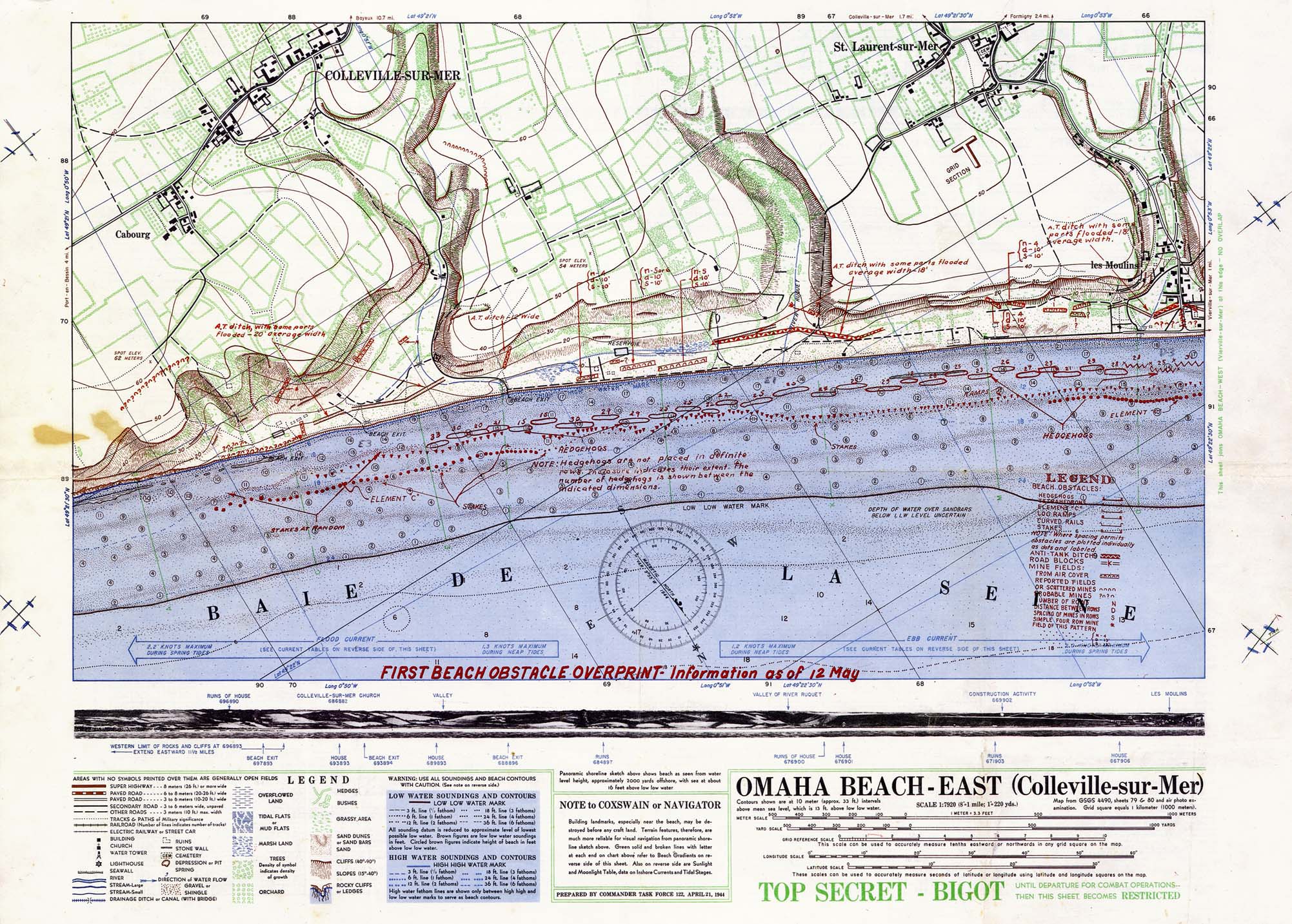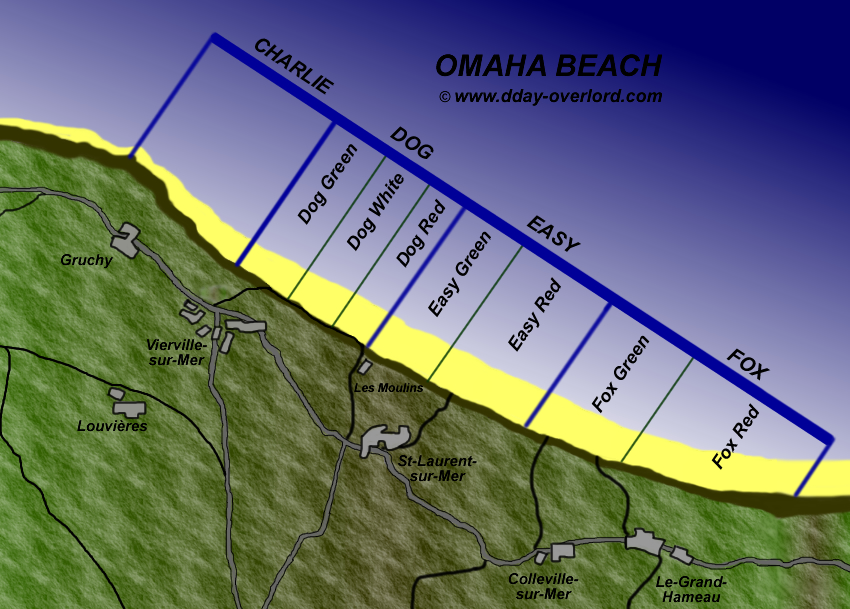

This was the largest seaborne invasion in history and an important Allied victory, though the costs in both lives and material were enormous. On the German side, General Erwin Rommel was in charge of coastal defenses while Field Marshall Gerd von Rundstedt had overall command in the region. Eisenhower, who would later become the country's president, while the British General Bernard Montgomery was in charge of the ground forces in Normandy once they landed. Overall commander of Allied forces in Europe was the American General Dwight D. About 4,000 ships, 11,000 planes, and many thousands of sailors and airmen also took part in the operation. About 160,000 ground troops landed that day, roughly half American and half Commonwealth. Germany had 50 divisions in northern France and the Low Countries, including at least a dozen in position to immediately be used against this invasion.įollowing an extensive air and sea bombardment of the assault areas, the Allies launched a simultaneous landing of U.S., British and Canadian forces.
#D day beaches map series#
The task was formidable, for the Germans had turned the coastline into an interlinked series of strongpoints with artillery, machine guns, pillboxes, barbed wire, land mines, and beach obstacles. On 6 June 1944 (D-Day), the long-awaited invasion of Northwest Europe (Operation Overlord) began with Allied landings on the coast of Normandy (Operation Neptune). The high ground visible here made the landing on Omaha Beach especially difficult Understand See World War II in Europe for context. Two elderly paratroopers, a 93-year-old American and an 89-year-old Briton, jumped into France that day as they had 70 years earlier. For the 70th anniversary in 2014, 90-year-old Royal Navy veteran Bernard Jordan was denied permission to leave his nursing home because of his health he snuck out and got on a ferry to France anyway. It has been a long time since 1944 and not many of the old soldiers survive, but those that do often return to these beaches on June 6th. The French people will be happy to see you - these people remember, and the welcome will be warm. The church bells ring in the towns to celebrate the anniversary of their liberation. A large number of reenactment groups attend, adding pageantry and atmosphere. They were the landing places for the Allied invasion of western Europe during World War II.Īn excellent time to visit is on the June 6th anniversary when there are numerous memorial ceremonies to mark the occasion. The beach storm changed the tide of the war, which was completely over in Europe a year later.The D-Day Beaches are in the Calvados and Manche departments of Normandy, France.

It’s been over 70 years since the invasion. Many of the objectives involved either protecting or destroying bridges as a way to control transportation throughout Normandy. The map also shows a handful of the important objectives shared by the troops coming across the water and the paratroopers who preceded them behind German lines. There is also a memorial near Juno Beach honoring the United Kingdom’s involvement in the operation. The best known is the Normandy American Cemetery, where 9,387 US veterans are buried. There are at least two memorials near the beaches. The Atlantic shared a great then and now photo essay of D-Day for the 70th anniversary. Percentage-wise, the smaller invasions of Utah Beach and Pointe du Hoc saw 35% and 60% casualties respectively. Omaha also suffered the most casualties, with as many as 10,000 troops injured or killed. The largest number of troops landed on Omaha Beach, which was portrayed with bloody accuracy at the opening of the film Saving Private Ryan.
#D day beaches map code#
The beaches are known by their military code names: Utah Beach, Pointe du Hoc, Omaha Beach, Gold Beach, Juno Beach, and Sword Beach. Charging amidst German gunfire, this allied success helped regain control of Normandy, then France, and eventually all of western Europe. Over 4,000 vessels carried over 125,000 troops to six primary landings. The most well-known aspect of the operation is the beach invasion.
#D day beaches map full#
View Selected D-Day Landmarks in a full screen map The map below showcases some important landmarks in Normandy, the coastal region across the English channel from Britain. There were 13 countries taking part in the bombings, amphibious landings, and fighting that began on what is called “D-Day,” after the military term used to plan the operation in secret. Operation Overlord, otherwise known as the Battle of Normandy, took place on June 6, 1944. It was a World War, but one of the most important operations of WWII can be boiled down to a single day in a single region of a single country. Map of D-Day Landings in the Battle of Normandy


 0 kommentar(er)
0 kommentar(er)
